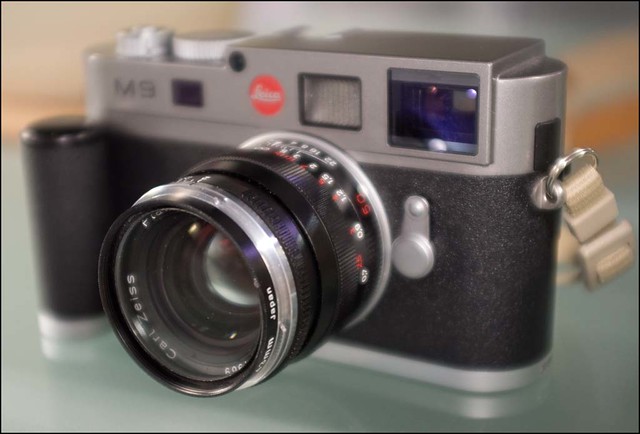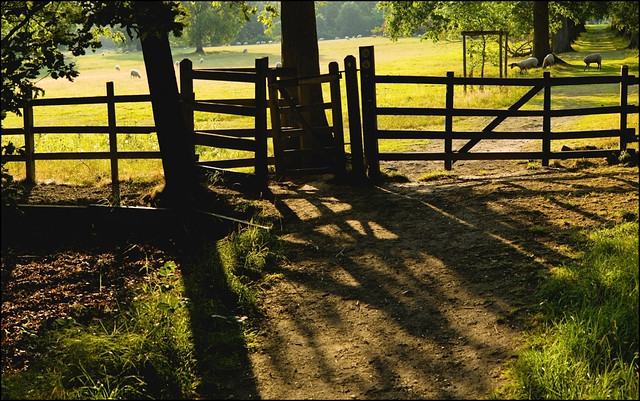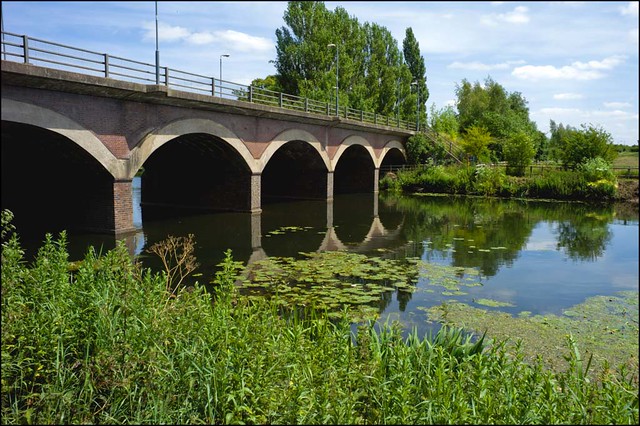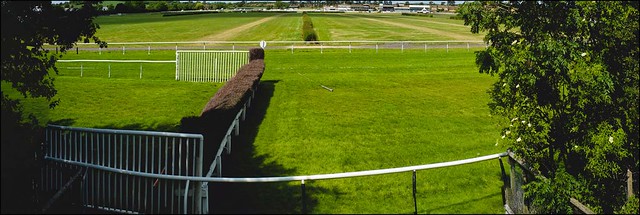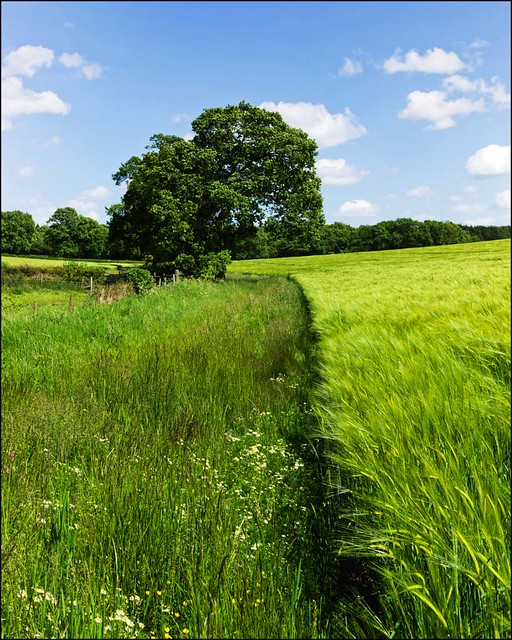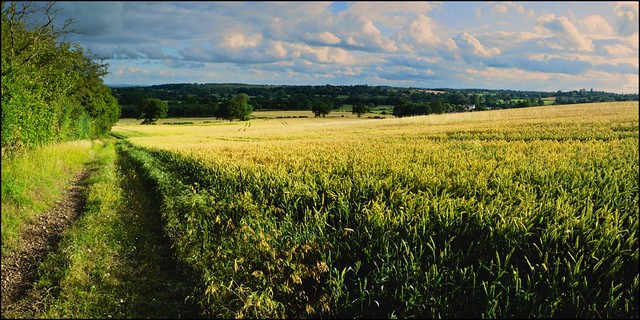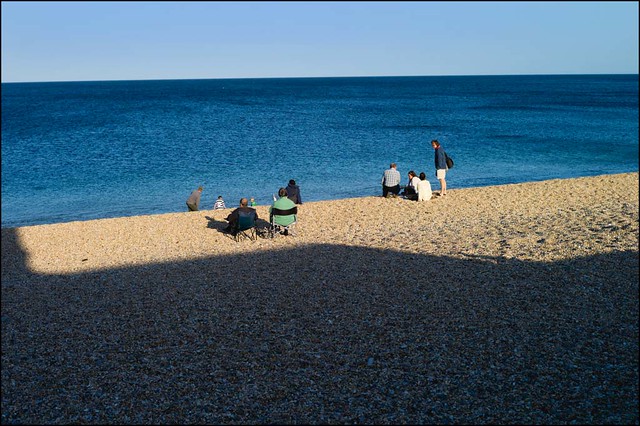Leica M9 Zeiss 50mm f/2 T* Planar
A personal review of the Leica M9.
WHY DID I BUY IT?
After using m4/3 I became interested in the possibilities of manual focus prime lenses, and bought a couple of m-mount (Voigtlander) lenses to use on my cameras. The size and simplicity of the Leica M8, which was their camera at the time, appealed to me. When Leica introduced a £500 cashback on the camera, I decided to give it a try. It was an experience that I enjoyed and the files, particularly the sharpness, was stunning.
I was using a Nikon D3X when the M9 was announced, and while I was impressed by the quality of the images, I was struggling with the weight and bulk of the camera. When I was able to see some raw files from the M9, I realised that even after upsizing, I would still get sharper files from the M9. I put my name down for an M9 and got one of the first ones in the UK. I sold my M8 and D3X to pay for it.
Leica M9 Zeiss 50mm f/2 T* Planar
Leica M9 Zeiss 50mm f/2 T* Planar
WHAT ARE THE POSITIVE POINTS FOR ME?
The sensor is full-frame, 18MP.
There is no anti-aliasing filter, so sharpness is maximised.
The sharpest results from any digital camera I've ever used.
Rich deep colour.
The possibility of using Leica and other m-mount lenses.
Excellent build quality.
Leicas hold their value.
1 year unconditional guarantee.
Simplicity of operation.
Easy to understand uncluttered menu.
Wonderful handling.
It looks great.
Rangefinder focusing (within limits) is accurate and fast.
The simplest and best way to focus manually (again within limits)
Leica M9 Zeiss 50mm f/2 T* Planar
WHAT ARE THE NEGATIVE POINTS FOR ME?
Manual focus is often limiting.
The camera is very expensive, and I'm always worried about damaging it.
The lenses for it are very expensive, even Voigtlander and Zeiss.
Telephoto and macro lenses are very rare, very expensive and difficult to use.
There are problems with many ultra-wide lenses, vignetting and colour casts.
There are problems with moire, because of the lack of an AA filter.
For a camera with a "full-frame" or 35mm sized sensor it has poor dynamic range.
For a camera with a "full-frame" or 35mm sized sensor it has poor dynamic range.
Though small, because of the metal construction, its quite heavy.
The sensor attracts a lot of dust spots and needs to be cleaned regularly.
Because of the dust spots and their quick build up, I don't tend to change lenses very often.
It takes time to get the best results from the raw files.
Leica M9 Zeiss 50mm f/2 T* Planar
WHAT DO I USE IT FOR?
When I want to produce top-quality files, for my landscape, location and travel stock photography. I often use it to produce very high-resolution panoramas, with incredible detail and sharpness. If I want really "punchy" colour and feel that the images I'm taking will be considered for large-scale reproduction, I take the Leica. I send my Leica files to those libraries that have clients who want high-quality images for print reproduction. Calendars, coffee table books, upmarket magazines and prints for corporate office decoration would be markets for Leica M9 images.
Leica M9 Zeiss 50mm f/2 T* Planar
HOW AND WHEN DO I USE IT?
I use the M9 when I have the time to work with it. Usually in the landscape or in a relatively quiet location. If I'm photographing in a town or city, or a busy tourist spot, I tend to use something else, because of the slowness of changing lenses and manually focusing all the time. Zoom lenses and AF are much more useful for me in that environment. Because I primarily use the Zeiss 50mm, because of the dust spot problem and because its the best lens I've ever used, if I want a wide-angle shot, I have to construct it from multi images and stitch it together later. This takes time, so I use the M9 in situations when I have that time. I tend not to use it if the light is changing rapidly, though I obviously can't always predict that.
I also use it when I think that the subject matter will suit it, and the incredible sharpness and rich colour will be of benefit.
Leica M9 Zeiss 50mm f/2 T* Planar
Leica M9 Zeiss 50mm f/2 T* Planar
WHAT WOULD IMPROVE IT FOR ME?
A difficult question when considering a Leica M. Since once you start thinking of ways to "improve" a Leica M camera then it becomes something else. People often talk about EVF's and live view being added, but then it would just become "another" camera. Even though it has limitations, and its not something that I use for everything I do, when used to its strengths, I find its currently unbeatable.
I would like to see the moire problem being completely eliminated, though not at the expense of adding an AA filter. It would be a great help if they could find a way to stop the dust getting on the sensor and solving the vignetting/colour cast problem with ultra-wides would obviously be beneficial. There are some software fixes but these are far from 100% satisfactory.
Leica M9 Zeiss 50mm f/2 T* Planar
THE BOTTOM LINE.
Using an M9 requires a certain mindset. You have to value image quality above all else, and be prepared to put up with things you wouldn't in any other camera. Its partly because of the design limitations required to use m-mount lenses as they are meant to be used. There are ways to use them on other cameras, but nothing as yet that allows you to use them full-frame. Its partly tradition and partly because Leica have always done it that way and you can either put up with it or use something else.
I'm not poor, but then I'm not rich either and I do have a lot of money tied up in my M9 and lenses. I often think I should sell it, but have never come even close to making that happen. I may not be happy with other cameras I use, and I'm normally pretty ruthless about shipping them out when I encounter problems, but then looking at the files produced by these other cameras, doesn't give me the jaw dropping reaction that looking at my M9 files does. And until I get that reaction from another camera the M9 will remain as part of my picture taking equipment. Its not just another camera, its THE camera, as far as I'm concerned. I forgive it a lot but I've made sacrifices to own it and I'll do the same to keep it.
Leica M9 Zeiss 50mm f/2 T* Planar
Leica M9 Zeiss 50mm f/2 T* Planar
